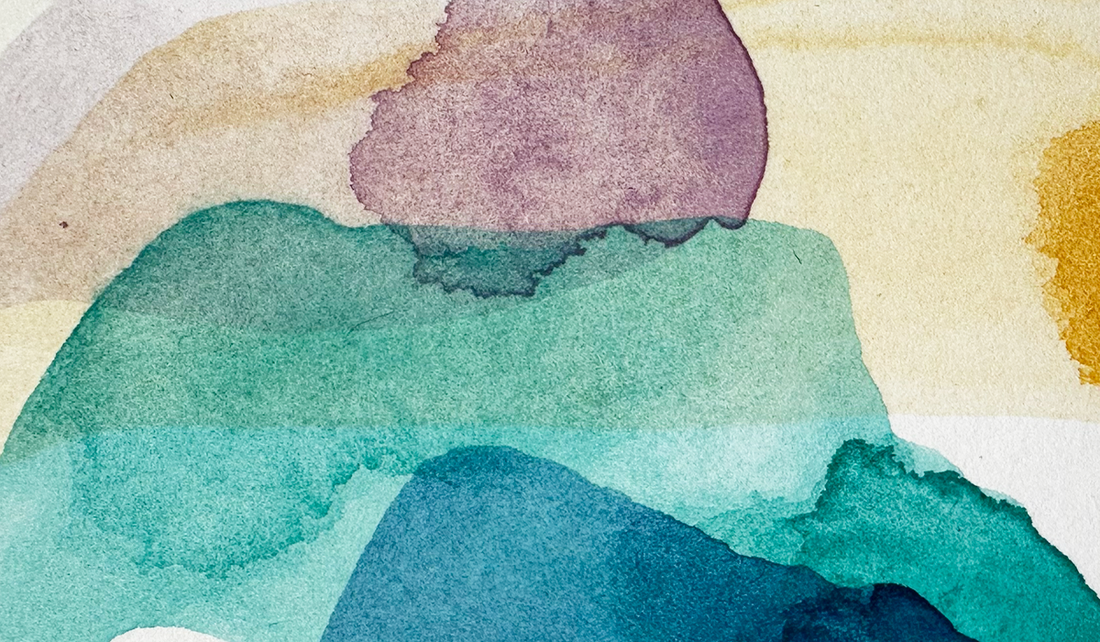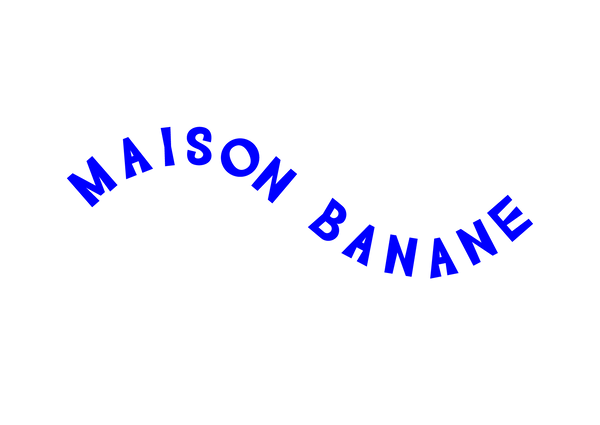
Explore Watercolors to Unlock Your Creativity
Share
One of the things I love most about watercolors is their spontaneity—I use them a lot in my creative explorations. Watercolor is not just a painting technique; it’s an open invitation to explore and embrace artistic freedom. With its fluid, unpredictable, and organic nature, it helps break free from rigid structures and encourages experimentation without pressure.
We’ve all faced the dreaded blank page—it can be intimidating. If you ever feel creatively blocked, watercolor might be the perfect tool to reignite your inspiration and bring movement back into your artistic process. Here are some of my favorite methods to get started.
1. Embrace the Unexpected to Create Freely
Unlike other mediums, watercolor’s reliance on water naturally encourages letting go. Water guides the pigments, creating unexpected and unique effects with every brushstroke. The painting transforms from wet to dry, revealing new textures and depths. Adding water—or more color, whether the same or a different shade—leads to surprising results. This unpredictable aspect helps break free from perfectionism and embrace happy accidents as part of the creative journey.
Pro Tip: Try the "Wet-on-Wet" Technique
Apply colors to a wet paper surface and watch how the pigments flow and blend organically. This technique is perfect for letting go of control and observing how water and color interact.

2. Explore Without Expectations
Sometimes, the fear of not succeeding stifles creativity. To overcome this, try painting without a specific goal—just play with colors and shapes.
Creative Exercise: Intuitive Painting
Grab a sheet of paper, pick a few colors, and let your instincts guide you. Don’t focus on making it "pretty"; instead, aim to express an emotion or energy. Practicing this regularly helps break creative blocks, rediscover the joy of painting, and, most importantly, overcome the fear of starting.

3. Play with Colors and Textures
Watercolor pairs beautifully with other mediums and textures. There are plenty of tutorials that suggest adding salt, lifting color with tissue paper, or creating textures with plastic wrap. While these techniques can be fun, I personally prefer combining watercolors with ink or colored pencils to enrich compositions.
Idea to Try: Creating Textures
Apply watercolor to your paper, let it dry, then add different marks—either with watercolor itself or with pencils. This layering technique creates depth and adds unique textures to your artwork.

4. Turn Experimentation into a Creative Ritual
Making space for free exploration with watercolor can become an inspiring ritual. Dedicate 10-15 minutes each morning or evening to painting without a specific objective. Over time, this practice will nourish your imagination and unlock new ideas.
Challenge: Keep a Color Sketchbook
Create a sketchbook dedicated to color experiments, gradients, and layering techniques. Think of it as your creative playground rather than a polished portfolio. It’s important to give yourself the space to create without the pressure of making something aesthetically pleasing.

Conclusion: Let Watercolor Guide You
Watercolor is more than just a difficult-to-master painting technique—it’s a playground where letting go becomes a powerful driver of creativity. By embracing experimentation and welcoming the unexpected, you’ll awaken your artistic instincts and breathe new life into your creative process.
Remember, the process is always more important than the final result.
So, are you ready to explore the unknown with a brush and some color? Soyons fous 🍌
